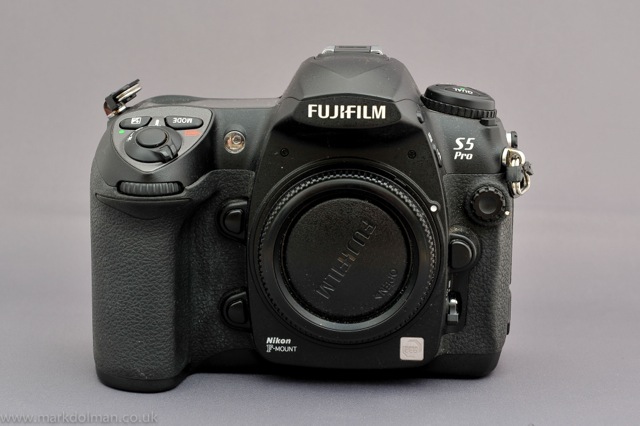Here are my tips on how to constantly capture the image you want by focusing on just 3 elements of your camera. This article focuses on how to capture the image by understanding light sensitivity, shutter speed and aperture. In future articles I will write about how to get more creative and working with different situations.
First thing to know is your camera is stupid. No matter who much money you have spent on your camera it is still stupid. If you use the P (Program) function on your camera with everything in automatic mode then your camera will try to guess what light is available and set the appropriate settings and invariably get it wrong. Have you ever been frustrated to take a picture and then look on the back of the camera and the image is too dark or fuzzy. In this article you will learn some of the basics to help you along and start using your camera and enjoy your photography.
Set your ISO
If you remember the old days of film then you would have heard about ISO. Basically the ISO is the film sensitivity to light. When you went on holiday to sunny Spain you would buy ISO 100 film and for cloudy days in England then ISO 400 or if going to a party then maybe ISO 800 would be needed. Your digital camera will have an ISO setting which works in the same way. So the first thing you need to do after you switched on your camera is set the ISO to the light conditions. Today’s Digital cameras way exceed what film could ever do and now we can set ISO’s of 2000 to 6000 and some way beyond. Beware the higher you go then the grainier the image will be. Setting a high ISO means your camera’s digital sensor is more sensitive to light and so you can shoot almost any situation while maintaining a high shutter speed keeping the image sharp and well lit.
Control your speed
Setting the shutter speed is probably the most important setting. Get it wrong and your images will turn out blurry though camera shake or moving subjects. As a rule for hand holding your camera use a minimum shutter speed of 100 (1/100 of a second exposure). For capturing people I like to use 250 and higher is possible to ensure images will be sharp.
So how do you know what is the ideal shutter speed you can get away with. Most people will use the built in camera meter or take a test shot to see what the light levels look like. If you want to measure light then try and get close to your subject to measure the light. The reason for this is your camera will measure the light available for the entire image and will compensate for the brightest part. Usually the sky or a lamp in the background which could leave you subject dark and under exposed. This is why setting you camera to manual mode helps you take control of the situation.
How much light ?
Setting Aperture is probably where most people start to get confused. The Aperture setting limits the amount of light entering the camera. Think of a set of curtains hanging in a window and when they are fully open this is what we photographers call f1 and when your curtains are half closed then this would represent f 5.6 and so on. The lower the Aperture (f) number the more light will hit the sensor in your camera and so the higher the number the less light will enter the camera. There are many reasons and combinations for speed vs aperture that I will explain in another article but for now I want you to focus on being able to capture the image before getting creative. For general purpose shooting try and fix your aperture to f5.6 which almost any lens is capable of. If light allows for higher settings then I love to use f8 as it offers a great depth of field which is the amount of area in front of you that is in focus. If you have ever seen an image with just a small part of the subject in focus and the rest is out of focus. Then what the photographer has done here is use a large aperture, something way below f5.6 to create the effect. The principle here is the smaller the f number (largest aperture) the short distance of the image is in focus which is called the focal length. So to capture a large group of people or landscape where you want everything in focus then use your highest f setting your camera allows.


